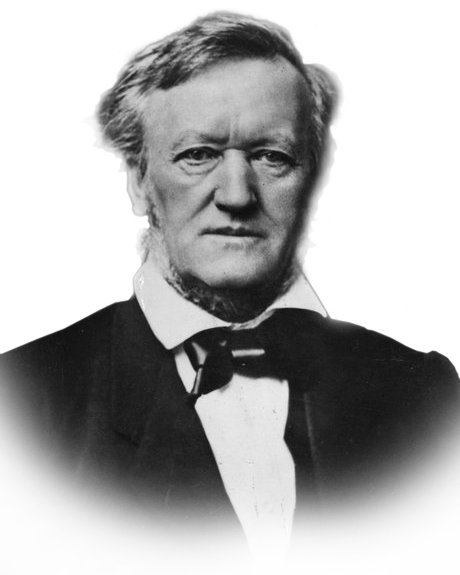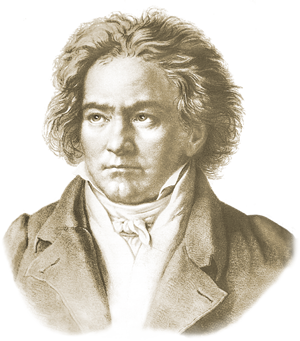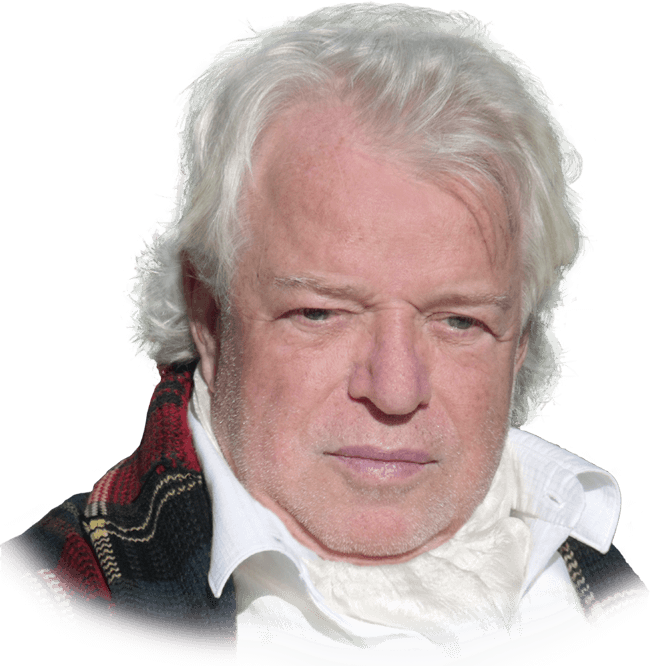 |
PETER HÜBNERClassical Composer
|

The Meaning
of Classical Music and
Dynamic Space-Stereophony®
What is Dynamic Space Stereophony®?
Dynamic Space Stereophony® is a further development of conventional stereophony, in which musical logic is brought to the forefront of musical experience with a completely new music recording technology, music processing technology and music reproduction technology.
While with the help of conventional stereophony the location of the musicians or singers is represented on the stereo line, Dynamic Space Stereophony® is about structuring the acoustic space with the help of the musical logic of a musical work, in scientific methodology – in other words, presenting the supporting elements of a musical work in such a dynamic manner in the acoustic space that the listener can grasp the structural developments of the composition of the musical work directly in the acoustic space.
Especially in the field of classical music, this has tremendous advantages in terms of musical cognition: because now hearing actively supports the ability of intellectual differentiation.
What interests music lovers in music, and especially the educated listener of classical music, is not listening to the tones or sounds, but what makes the tones into a melody – that is, what connects them – and in extreme cases what turns the tones into the cosmology of polyphony.
The high art of the fugue – the highest art in music in general – is closed to many listeners above all because conventional stereophony does not manage to present the integrated musical logic – which the art of the fugue creates – as such in the acoustic space and make it recognizable.
What the experts of conventional stereophony represent on an imaginary line in the acoustic space – the seating arrangement of the orchestra – was regarded as musically unimportant by the great composers, therefore they never recorded such a thing in their scores or made any statements about it.
About 40 years ago, the classical composer and musicologist Peter Hübner set himself the task of solving this problem – to present the musical logic in the acoustic space in dynamical unfoldment and thus show the listener what music actually is, beyond all sounds. And with the help of engineers, technicians and computer specialists, he has devoted the last four decades to the task of performing the music – in contrast to the sounds and tones as well as the seating arrangement of the orchestra – directly in the acoustic space and to express this spatially temporally dynamic experience through the integration of many acoustic spaces penetrating each other in many different ways and to make it easily recognizable for the listener – something which conventional stereophony in particular has not even paid attention to so far.
This is the only purpose for which Dynamic Space Stereophony® was created.
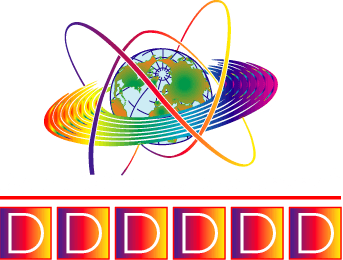

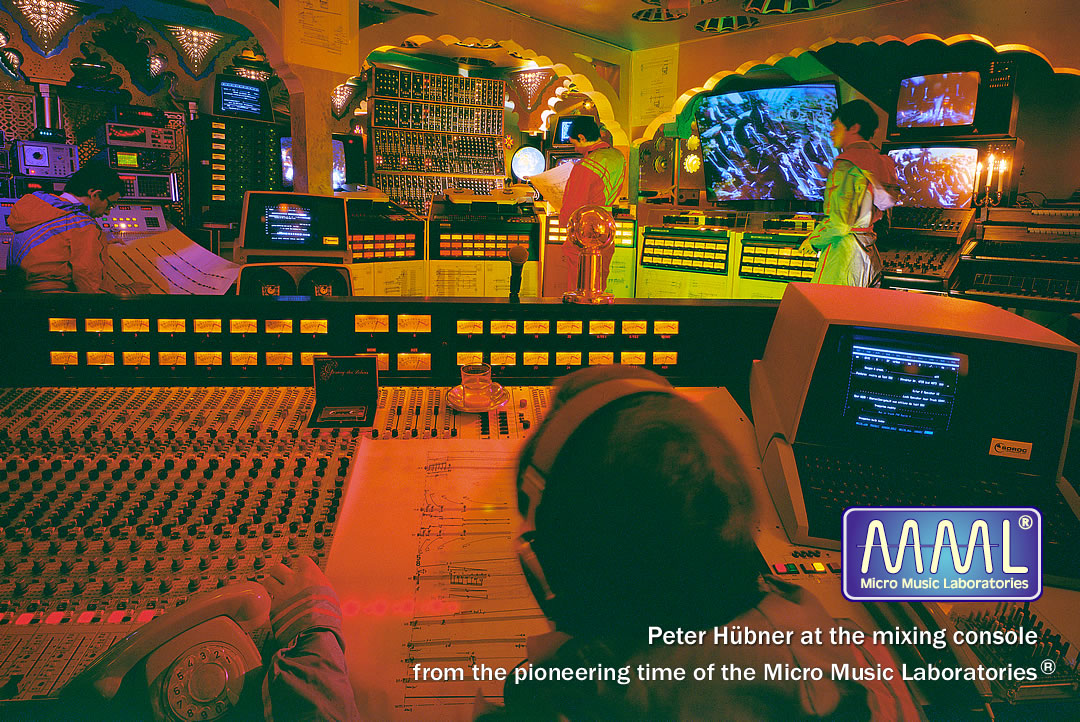
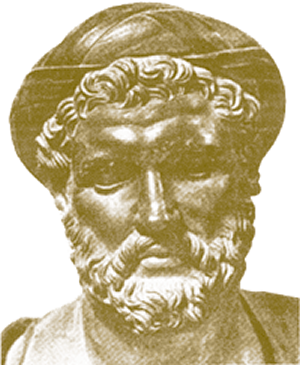 “Pythagoras, by virtue of an inexpressible and elusive divine ability, directed his hearing and spirit firmly towards the sublime sounding harmonies of the cosmos.
“Pythagoras, by virtue of an inexpressible and elusive divine ability, directed his hearing and spirit firmly towards the sublime sounding harmonies of the cosmos.